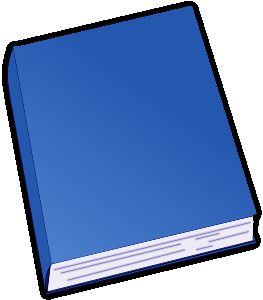Throwing-sticks in the National Museum Third Annual Report of the Bureau of Ethnology to the Secretary of the Smithsonian Institution, 1883-'84, Government Printing Office, Washington, 1890, pages 279-289 By: Otis Tufton Mason (1838-1908) |
|---|

In this report by Otis Tufton Mason, the reader is introduced to the concept of "throwing-sticks" as a form of hunting tool used by Indigenous peoples. Mason provides a detailed analysis of various throwing-sticks found in the National Museum, shedding light on their cultural significance and practical uses.
The report is well-researched and informative, offering valuable insights into the traditional hunting practices of Indigenous communities. Mason's writing is clear and engaging, making the content accessible to readers with varying levels of knowledge on the subject.
Overall, "Throwing-sticks in the National Museum" is a fascinating read that sheds light on a lesser-known aspect of Indigenous culture. Mason's research is thorough and his insights are thought-provoking, making this report a valuable resource for anyone interested in anthropology or Indigenous studies. Transcriber's Note: A number of obvious typographical errors have been corrected in this text. For a complete list, please see the bottom of this document. SMITHSONIAN INSTITUTION. UNITED STATES NATIONAL MUSEUM. THROWING STICKS IN THE NATIONAL MUSEUM. OTIS T. MASON, Curator of the Department of Ethnology From the Report of the Smithsonian Institution, 1883 '84, Part II, pages 279 289, and plates I XVII WASHINGTON: GOVERNMENT PRINTING OFFICE. 1890. I. THROWING STICKS IN THE NATIONAL MUSEUM. By Otis T. Mason. Col. Lane Fox tells us there are three areas of the throwing stick: Australia, where it is simply an elongated spindle with a hook at the end; the country of the Conibos and the Purus, on the Upper Amazon, where the implement resembles that of the Australians, and the hyperborean regions of North America. It is of this last group that we shall now speak, since the National Museum possesses only two specimens from the first named area and none whatever from the second... Continue reading book >>
|
| Book sections | ||
|---|---|---|
| eBook Downloads | |
|---|---|
|
ePUB eBook • iBooks for iPhone and iPad • Nook • Sony Reader |
Kindle eBook • Mobi file format for Kindle |
|
Read eBook • Load eBook in browser |
Text File eBook • Computers • Windows • Mac |
| Review this book |
|---|